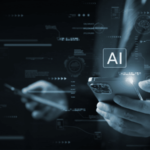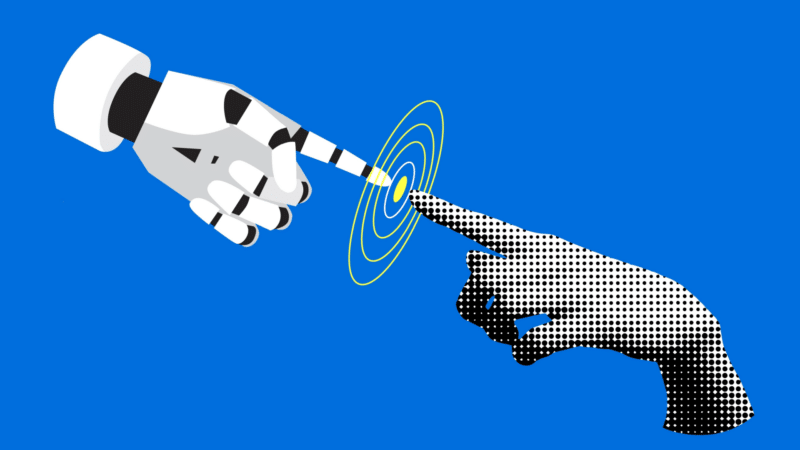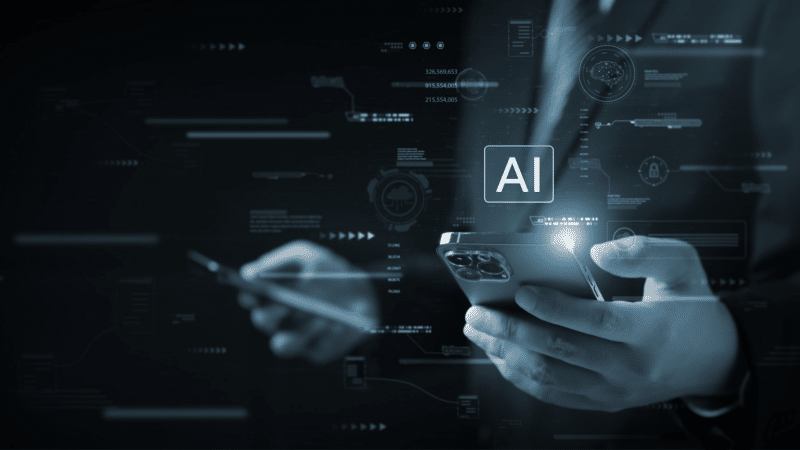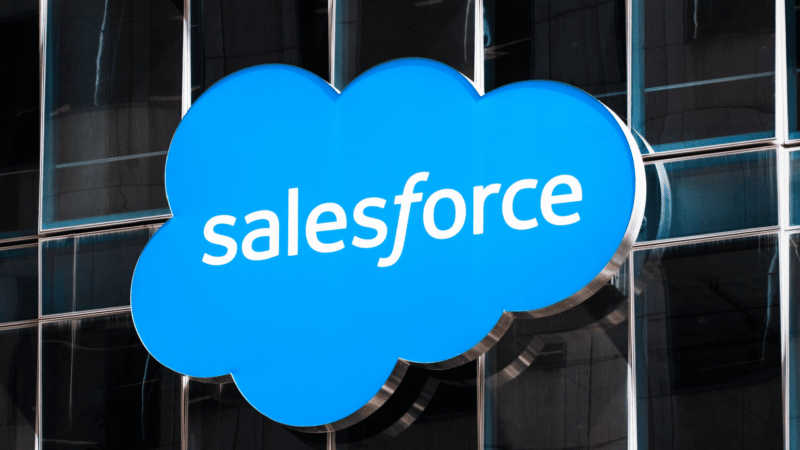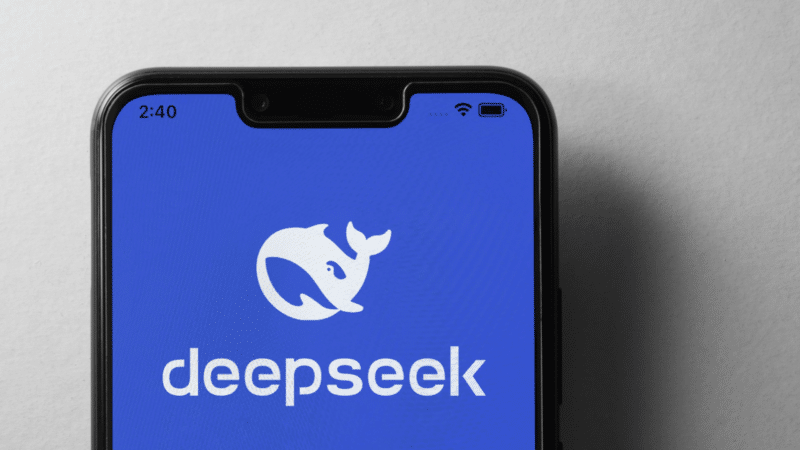If your social feeds and inbox look like mine, you can’t avoid the AI hype. I recently read a paper, “In 2025, AI won’t just assist salespeople – it will replace them.” Its focus is on AI-led growth (AiLG) and it mostly deals with sales in relation to go-to-market (GTM) motions.
This excerpt from the paper made me think about how an AiLG approach to GTM, as related to B2B marketing, might take shape:
“The main thing to realize is that AI will create a new kind of buying experience and that new experience will complement the existing experience, the same way we today have Airbnb and hotels side-by-side and use them for different approaches.”
But the more I thought about it, the more I questioned whether the existing experiences marketing provides to B2B buyers should stay in place. Instead, by applying the insights shared by Jacco van der Kooij in the paper, there’s a path to solving the frustration buyers have in their experiences with vendors.
If those experiences — now mostly buyer-driven — were relevant and compelling, would our buyers have wrested control of the process away from vendors?
Perhaps the focus should be on finding the right balance between AI and humans.
The AiLG conundrum in B2B marketing
Delivering buyer-driven experiences your customers prefer is key to GTM motions that drive growth. Limited budgets and resources challenge marketers to do more with less, but the corporate mandate is to do more with less, better. The premise of AiLG is that the combination of systems and processes with AI will result in doing better.
The paper notes that today, we use AI almost exclusively to do more.
“AI is used to write spam emails, send more impersonal LinkedIn invitations, engage in superficial conversations, and flood the industry with clickbait content.”
This approach doesn’t generate growth.
The paper states:
“AiLG is about elevating the quality of every customer interaction, setting a new standard in customer engagement and causing sustainable growth.”
But it also points out that:
“AI excels in knowledge work that involves standardized, high-volume tasks where creativity relies on pattern matching. In comparison, processes requiring creativity, emotional intelligence or out-of-context problem solving — essentially, non-pattern-based tasks — will still require human involvement. AI will achieve a much lower efficiency in these areas.”
You can see the conflict. AI has a role in marketing, but humans remain critical. AI may be making marketing cheaper to execute, but it’s also challenging the delivery of genuine value to customers.
Dig deeper: Where AI falls short in high-stakes B2B industries
The criticality of humans in B2B marketing
I think we’d all agree customers are the lifeblood of companies. Without them, there is no company. Now that B2B buyers conduct up to 70% of their buying process before engaging with sales reps, the relevance and value of the experiences they initiate when they come in-market determine your chances of making it onto their Day 1 shortlist.
Even more importantly, if their experiences with your company when they’re out-of-market don’t build a memory structure, your brand isn’t even in their thought process. You’re invisible to their consideration set when they move in-market.
Building a memory structure with buyers depends on how your brand shows up in channels your target market frequents. Given that mediocre content raises the noise level and overwhelms buyers, content created with buyer insights, empathy, emotional intelligence, creativity and meaning is what’s called for. Thought leadership content is something AI cannot produce well. But it’s what will set your company apart and earn the memory structures required to come to mind when a trigger event happens.
LLMs excel at pattern matching. Humans excel at complex reasoning, problem solving and assuming the role of empathy architects.
Buyers are a bundle of emotions wrapped in rational human packaging. Just look at the research.
From The Jolt Effect’s FOMU (fear of messing up) to SBI research that shows “how the buying experience makes me feel” outweighs the importance of the product selected, that’s all emotion and nuance. Add the importance ascribed to confidence, value-adjusted risk determinations and trust in a vendor and you have a lopsided recipe that won’t cook properly with only logic in the mix.
Dig deeper: Unlocking AI’s potential in B2B marketing
How to put AI to work in B2B marketing to support humans
This article may have you think I’m rooting against AI, but I’m not. I’m putting a stake in the ground for how to get the best from both AI and humans to drive growth.
AI has valid applications in marketing to help us do more and do it better – at the same time. Here are a few ways to apply AI usefully in marketing:
- Mining data to extract buyer and customer insights that inform content strategy and programs continuously over time.
- Identifying segments of “like” accounts for improved targeting and relevance.
- Automating workflows that delay the launch of GTM programs.
- Reporting on program outcomes with depth beyond opens and clicks.
- Identifying customer journeys across campaign and channel touchpoints.
- Researching and brainstorming to develop better content — not for writing it.
Applying AI to processes and systems that address foundational and executional needs allows marketers to gain the efficiency needed to do better — and more — with less. Using AI to extract usable insights from data brings precision and elevates relevance. And you’ll do better without cutting the thoughtfulness, expertise, creativity and emotion that buyers demand.
Efficiency can’t just be about cutting costs; it must also thoughtfully optimize effectiveness in the process.
Dig deeper: 5 ways to harness AI in B2B content creation
Better buyer-driven experiences require a balance
“While AI can enhance efficiency, human creativity and delivery leads to stronger memory, which can influence decision-making.”
This is the conclusion Carmen Simon, a cognitive neuroscientist, made after a recent experiment she conducted testing humans against AI. Subjects received a presentation on a software application in three different ways.
- One group saw a presentation designed and presented by a human.
- Another group saw a presentation designed by an AI and presented by a human.
- The third group saw a presentation fully designed and given by AI.
All groups saw the same information in the presentations, but the human design and presentation had the best aha moment, translating into better long-term memory for the sales message.
Think carefully about how you apply AI to marketing. Achieving balance is the key to creating and delivering buyer-driven experiences that contribute to the memory structures with buyers and drive growth.
Dig deeper: Cutting through the hype: Generative AI adoption in B2B
The post Balancing the human-to-AI mix in B2B marketing appeared first on MarTech.


